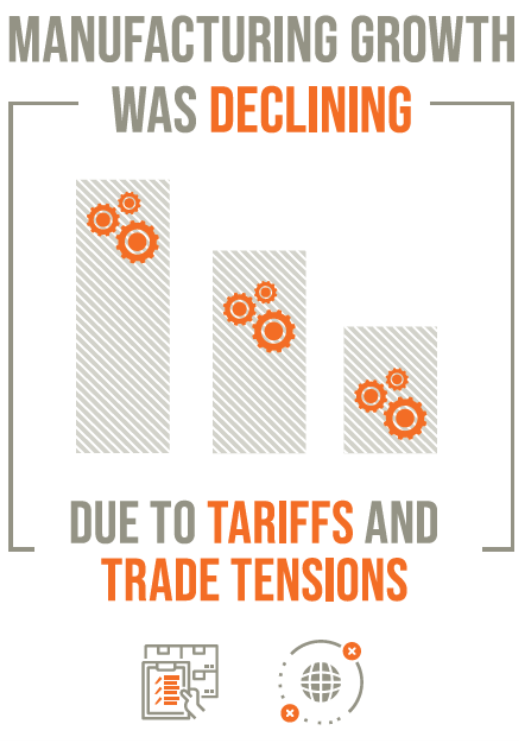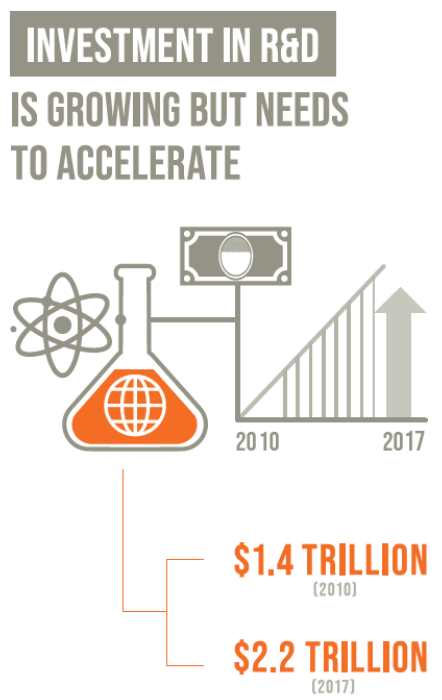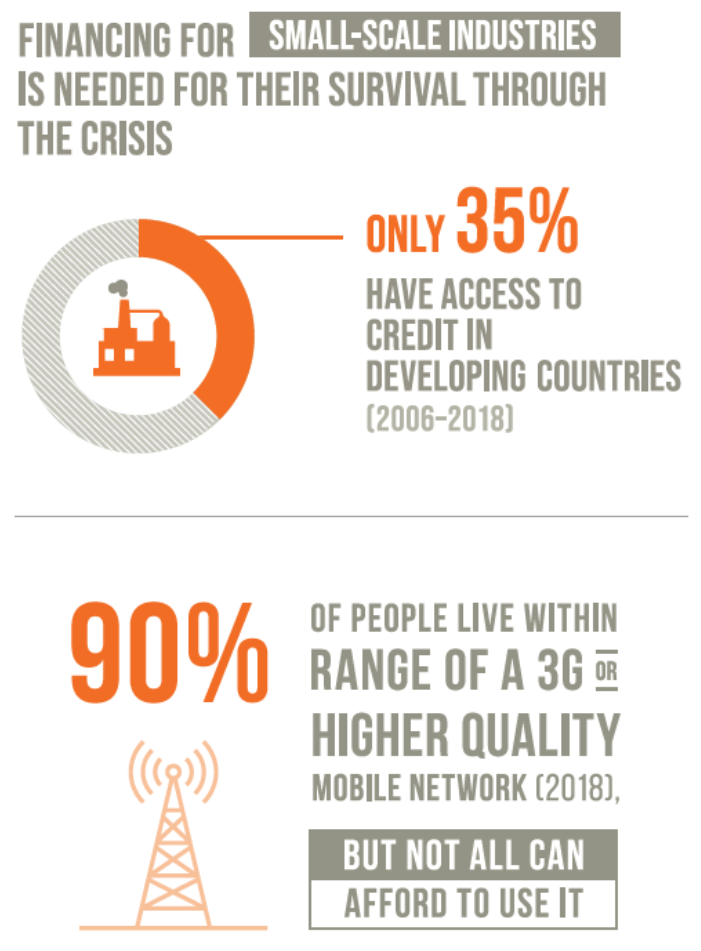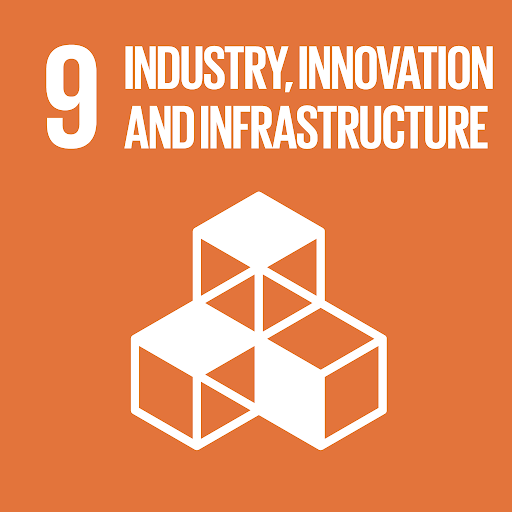Building Resilient Infrastructure and Sustainable Industries
The coronavirus pande
 mic has underscored the urgent need for resilient infrastructure worldwide. Over the past decade, Asia has experienced rapid economic growth and development but, according to recent analysis conducted by the Asian Development Bank, critical infrastructure in many countries remains far from adequate.
mic has underscored the urgent need for resilient infrastructure worldwide. Over the past decade, Asia has experienced rapid economic growth and development but, according to recent analysis conducted by the Asian Development Bank, critical infrastructure in many countries remains far from adequate.Making infrastructure resilient to crises such as pandemics and climate change will require significant investment, but the cost of inaction is far greater. The failure to improve infrastructure and promote technological innovation consequently poses renewed risk of poor healthcare, inadequate sanitation, and limited access to education, as well as significantly hindering aggregate economic growth.
Global manufacturing growth has been on a steady decline, even prior to COVID-19’s disruptions to the global supply chain, in large part due to tariffs and trade tensions. Investments in infrastructure, sustainable industrial development, and technological global manufacturing are all integral to economic growth. The growth of new industries mandates improvement in the standard of living for many and plays a key role in eradicating poverty. In least developed countries (LDCs) the share of manufacturing in total GDP increased 2.5% annually between 2015 and 2018. While a step in the right direction, progress still falls short of the pace required to double the manufacturing value added (MVA) share in GDP by 2030. The manufacturing sector plays a key role in advancing sustainable development and investments in scientific research and innovation must be accelerated in LDCs if they are to meet the 2030 target.
Fostering Innovation and Technological Progress
Innovation an d technological progress are critical to sustainably address both economic and environmental challenges through increased resource and energy-efficiency. In 2019, developing countries committed $152.2 billion to renewable investment, outpacing their developed counterparts that pledged $130 billion. 2019 also marked the first time that investment in wind surpassed solar, in terms of dollars committed since 2010.
d technological progress are critical to sustainably address both economic and environmental challenges through increased resource and energy-efficiency. In 2019, developing countries committed $152.2 billion to renewable investment, outpacing their developed counterparts that pledged $130 billion. 2019 also marked the first time that investment in wind surpassed solar, in terms of dollars committed since 2010.
In recent years, there has been a gradual shift away from resource-based and low-tech manufacturing in favor of medium-to-high tech. In 2016, almost half (47%) of the total MVA in Europe, Northern America, and South-Eastern and Eastern Asia came from higher-tech sectors. While the proportion of medium-high and high-tech MVA in total MVA rose in almost all regions of the world, the shares in sub-Saharan Africa fell between 2000 and 2016, reaching only 14.9% in 2016.
In absolute terms, global research and development (R&D) investment reached $2 trillion in 2016, up from $739 billion in 2000. When adjusted for inflation, this constitutes an average annual growth rate of 4.3%. While the proportion of global GDP invested in R&D has increased, wide disparities exist among regions. In 2016, Europe and Northern America spent 2.21% of their GDP on R&D while sub-Saharan Africa and Western Asia spent 0.42% and 0.83%, respectively.
Promoting Equitable Access
Particularly among de veloping countries, small-scale industries serve as the backbone of industrial development, generating employment and economic dynamism. The adequate financing of these small industries is crucial and, worldwide, 31.5% of small-scale industries, including manufacturing, are benefiting from loans or lines of credit. Nevertheless, small industries in some regions are more likely to access loans or lines of credit for everyday business activities than in others. For example, more than half of all small-scale industries in Latin America and the Caribbean receive financial services while only 20.7% do so in sub-Saharan Africa.
veloping countries, small-scale industries serve as the backbone of industrial development, generating employment and economic dynamism. The adequate financing of these small industries is crucial and, worldwide, 31.5% of small-scale industries, including manufacturing, are benefiting from loans or lines of credit. Nevertheless, small industries in some regions are more likely to access loans or lines of credit for everyday business activities than in others. For example, more than half of all small-scale industries in Latin America and the Caribbean receive financial services while only 20.7% do so in sub-Saharan Africa.
Just over half of the world’s population is currently using the Internet; an estimated 3.5 billion lack stable access to the Internet, with people offline living primarily in least developed countries. Virtually the entire world population (97%) lives within reach of a mobile cellular signal and, in 2018, 90% of the world could access the Internet through a third generation (3G) or higherquality network. Nevertheless, while most people live within range of these signals, not all can afford to use them. The cost of accessing mobile-broadband Internet remains too high for many, especially those most disadvantaged. In LDCs only about 20% of people use the Internet. Particularly in the midst of a public health crisis, universal and affordable access to the Internet is critical as it invariably increases access to information and communications technology.
READY TO TAKE ACTION?
We’re taking the fight to Congress. Email This email address is being protected from spambots. You need JavaScript enabled to view it. for more info on how you can join us on Capitol Hill and beyond.
Learn More








